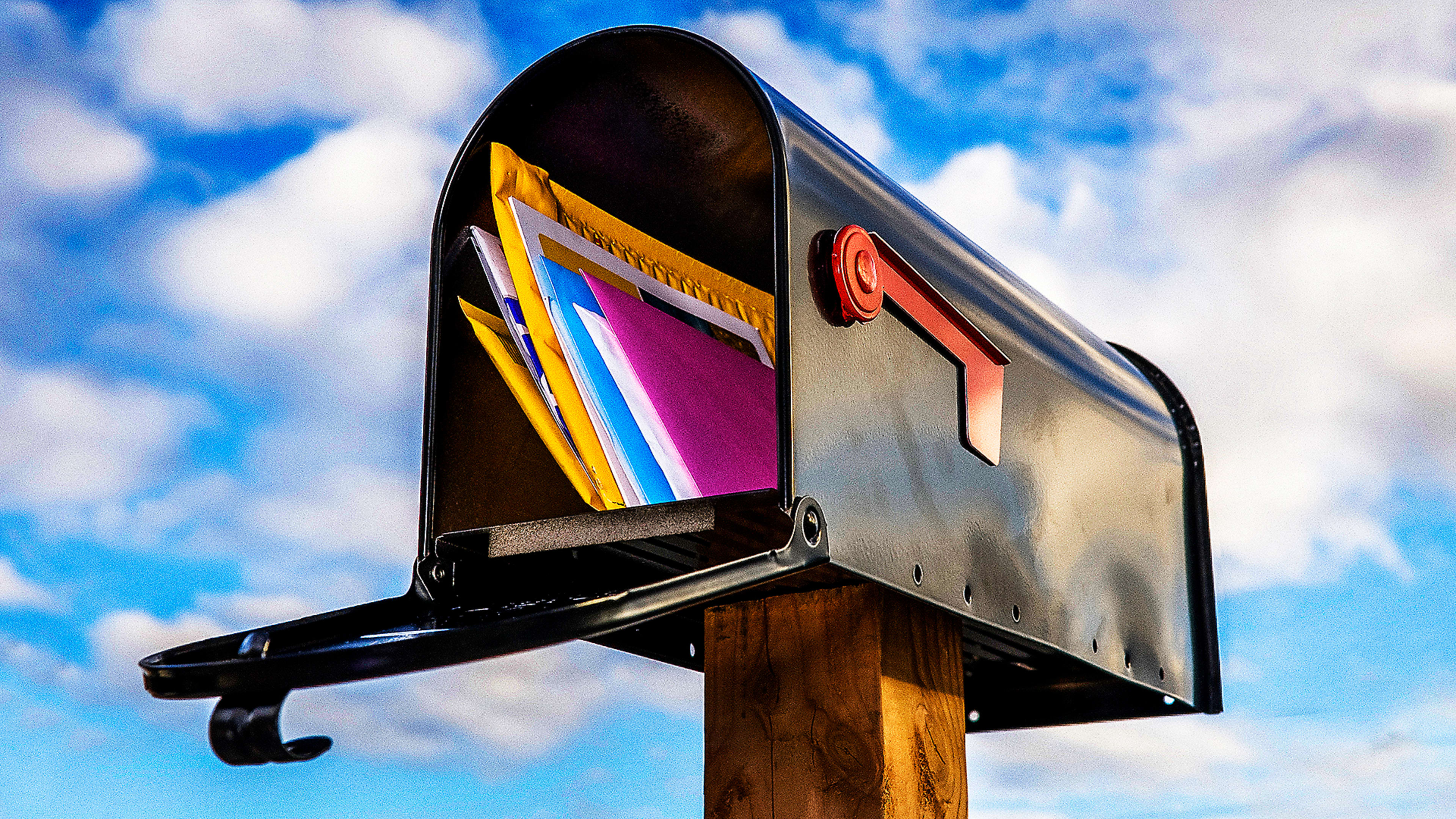After a year plagued with pandemic slowdowns, the United States Postal Service (USPS) could hardly be called the class overachiever. But this Friday, it’s making that lax approach to deadlines official by loosening some of its mail delivery guarantees by roughly 30%.
Here’s what to know:
What’s changing?
Starting Friday, October 1, the delivery standard for first-class mail and periodicals will extend from one to three business days to one to five business days, giving the postal carrier an extra two days to schlep your birthday cards, tax documents, and glossy magazines cross-country.
Does that mean everything will take longer?
Not necessarily, is what the Postal Service is saying. According to the agency, service times should stay the same for 61% of first-class mail (defined as regular-sized envelopes, letters, postcards, and flats), as well as 93% of periodicals (newspapers, magazines, etc.). Single pieces of mail traveling within the same region should still take roughly two days to arrive. However, mail traveling longer distances, such as from New York to California, will move slower than before and could take the full five days.
Ok. What’s the big idea?
The agency claims the changes will counterintuitively improve the courier’s service, by increasing the mail’s predictability and reliability (as it sticks to its lowered target times). It’s also hoping that shakeups will help it juggle its resources more effectively overall: For example, a USPS spokesperson told Fast Company that “the current standard [for lightweight package delivery] requires three-day service for any destination within the contiguous U.S. with a drive time greater than six hours. . . . This is unattainable and forces us to overly rely on air transportation,” which the spokesperson said can be inconsistent due to “weather, flight traffic, competition for space, and the added handoffs involved.”
Got it. What’s everyone else saying?
Half of the government isn’t buying it. The move, which was revealed as forthcoming earlier this year, is part of a contentious 10-year plan for the Postal Service spearheaded by Postmaster General Louis DeJoy, a polarizing figure himself. The Trump mega-donor’s appointment to the role last May raised the eyebrows of many Capitol Hill Democrats; they grew even more skeptical after the agency’s successful on-time deliveries fell from 90% pre-pandemic, to 88%, to 83% at the end of June 2021. While DeJoy’s latest efforts aim to transform the struggling agency into a profitable business, some congresspeople say citizens—including those who receive paychecks or medication by mail—will feel the hurt.
Anything else I should know?
Oh, yeah—sending mail is getting costlier, too. Starting October 3 and lasting through December 26, the Postal Service will temporarily raise prices on all commercial and retail domestic packages, due to the jump in package volume during the holiday season.
Recognize your brand's excellence by applying to this year's Brands That Matters Awards before the early-rate deadline, May 3.
